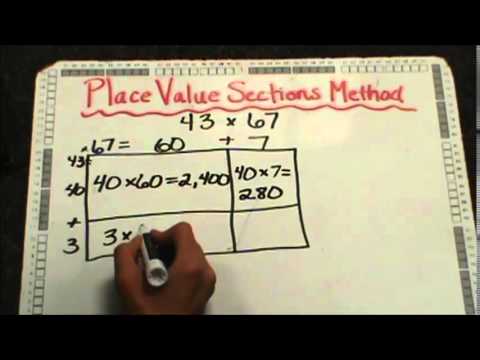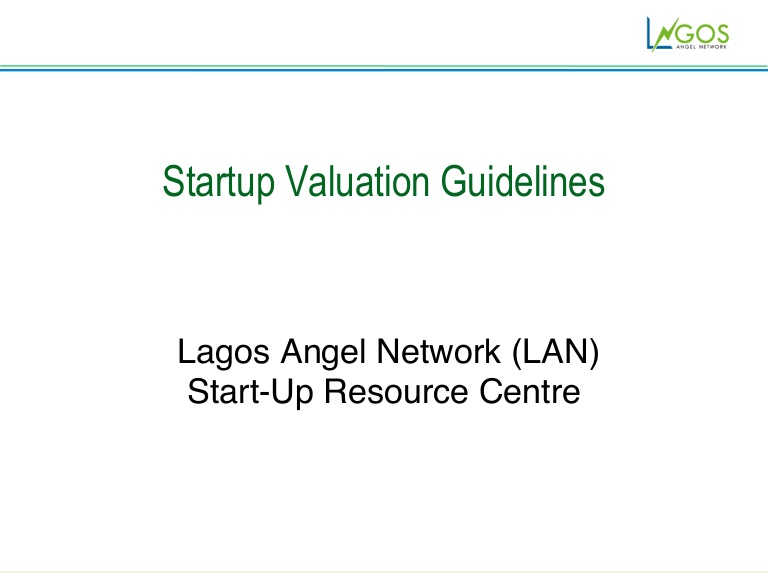Contents
You may use the Sharpe ratio to identify whether the new fund which you want to add to your existing portfolio would be beneficial or not. Ideally, the addition of an extra fund should increase the Sharpe ratio by lowering the overall risk and boosting the returns. On the contrary, if the Sharpe ratio drops to 1.05, then it indicates that you need to revisit the decision of diversification, i.e. adding that fund to the existing portfolio. Suppose, if an investor is invested in a fund with a Sharpe Ratio of 2.00, adding other funds to the portfolio would help reduce ratio and risk factors. Funds having a higher standard deviation makes higher returns as their Sharpe Ratio is considered high.

Each recommended scheme under Active Wealth Multiplier 2030 will be selected using stringent process based on the SMART Alpha Score Matrix to give your portfolio high return potential. Become a member of the Active Wealth Multiplier 2030 now to potentially earn market-beating returns in the next 7-8 year. By looking at the Sharpe Ratio you can assess the degree of risk that a fund took to generate extra returns over risk-free instruments, such as 10-year G-Sec bonds. Fund Alpha has earned 21% in the last one year whereas Fund Kappa has earned 18% in the last one year. What this return number misses out is the risk that the fund manager has taken. Let us now use the Treynor Ratio in this case to fine tune our calculation.
Let’s understand the Sharpe ratio calculation with the help of an example. Open an FD without the hassle of opening https://1investing.in/ a savings account first. This means that for every point of return, you are shouldering 1.33 units of risk.
tips on becoming a dispassionate investor
The Sharpe ratio calculated using past performance can be compared on a fair basis to expected future performance of the fund. An investor with a higher risk appetite must invest in a fund that has a beta ratio that exceeds one. It is an instrument of the financial market used to quantify the performance of the mutual fund. It is used to measure the dispersion of the actual return from the mutual fund’s expected return. Sharpe Ratio is used to evaluate a mutual fund which is considered not a good strategy.

The relationship between risk and return is a foundational concept in investments. A good understanding of risk and risk adjusted returns is required when you evaluate mutual fund performance. For example, if a mutual fund gives high returns you should try to understand if it is due to higher risk taken by the fund manager? What is alpha in mutual funds – Both the limitations of Sharpe Ratio are addressed by using a metric known as alpha. Alpha is the excess returns relative to market benchmark for a given amount of risk taken by the scheme.
It is calculated monthly and then annualised for ease of understanding in most cases. The higher the ratio, the greater the investment return relative to the amount of risk taken, and thus, the better the investment. The ratio can be used to evaluate a single stock or investment, or an entire portfolio. Every mutual fund investor is keen to know the performance of his scheme and his overall portfolio.
Sharpe Ratio And Standard Deviation Of Different Mutual Fund Categories
It simply compares the performance to a given benchmark’s returns. But do note that this measure by itself provides little meaningful information. But given no other information, you can’t tell whether a Sharpe Ratio of 1.5 is good or bad. Only when you compare one fund’s Sharpe Ratio with that of another fund do you get a feel for its risk-adjusted return relative to other funds. However, it is important to note that the schemes being compared should be of the same category. Comparing the Sharpe Ratio of a large-cap scheme with a sector scheme is fallacious as both funds are dissimilar.
While standard deviation measures the total risk of the portfolio, the Beta measures the systematic risk. For any business there are unsystematic risks that are specific to the company or industry. Then there are systematic risks like inflation, interest rates, government policy etc which apply to the entire economy. Therefore, Sharpe is a good measure where the portfolio is not properly diversified while Treynor is a better measure where the portfolios are well diversified. Of course, the basic job of a fund manager is to eliminate the unsystematic risk in the portfolio by diversifying and hence only systematic risk must be applicable.
The above-given table shows the indicators of the good and bad Sharpe Ratio. In the above table, both Fund P and Fund Q have generated similar returns. From a risk-reward perspective, as denoted by the Sharpe Ratio, both the funds are similar.
- It is widely found that both ratios usually give similar rankings.
- Only when you compare one fund’s Sharpe Ratio with that of another fund do you get a feel for its risk-adjusted return relative to other funds.
- These considerations aren’t captured in standard risk measures.
- This measure gauges the returns from a collection of securities’ above a risk-free rate, adjusted by the beta value.
The calculation of Sharpe and Sortino ratio is almost the same with one major difference – Sortino ratio only shows downside volatility i.e. volatility in down markets. The second limitation of Sharpe ratio, as well as the Sortino ratio, is that it does not distinguish between market risk and excess risk over market. Information ratio is in other words nothing but risk adjusted alpha. When alpha is a core focus area, it probably follows that the Information ratio should become increasingly a core focus area for analysts and advisors. It is important to note that whenever the sharpe ratio comes out negative, it either means investing in risk-free investments is more viable or the portfolio return is negative. As a prospective investor, there are a few important terms and concepts that you must understand in order to have a good investment journey.
Please consider your specific investment requirements before choosing a fund, or designing a portfolio that suits your needs. The typical metrics for measuring the performance of a mutual fund is whether the fund has outperformed the benchmark index or not. So if Nifty has earned 16% returns last year and your diversified equity fund has earned 18% last year then your fund has outperformed the index by 200 basis points. Sharpe Ratio uses standard deviation of return as the measure of risk, whereas the Treynor Ratio uses Beta . Investors tend to focus on return, with little regard to the risk involved, while they should look at the risks along with the return.
Stocks
Mirae Emerging Bluechip Fund belongs to the Large & Mid Cap category, and so, it has the mandate to invest at least 35% of its corpus in large-cap stocks and another 35% in mid-caps. Having a good management does not get enough credit in our valuation models. Investors usually focus on good sharpe ratio a company’s PE ratio, earnings growth, return on equity etc. is important. In this blog, we will explain the Sharpe ratio in detail and understand how you can use the ratio to make better investment decisions. Risk and reward must be properly considered when making investment choices.

The higher the deviation, the higher the risk and hence, lower the Sharpe ratio. Simply put, this measure determines how the return of the scheme has compensated an investor for the risks it has taken. The higher a fund’s Sharpe Ratio, the better the fund’s returns relative to the risk taken. Because it uses standard deviation, the Sharpe Ratio can be used to compare risk-adjusted returns across all fund categories. Please read the scheme information and other related documents carefully before investing.
These individuals can take the benefit of using the Sharpe Ratio to compare or evaluate the mutual funds. Thus, the Sharpe Ratio of mutual funds acts as an evaluation tool, but it can’t be the only single parameter. It is majorly used to analyze mutual funds operations with both growth and value style. It uses the standard deviation of returns as basis for drawing the bands. I’m going to update this indicator as the other indicator evolves.
Usually, you will find the Sharpe ratio indicating three years’ risk-adjusted-performance. But if you have a long-term investment horizon, such ratio might seem irrelevant. In this way, you get to know whether your fund is outperforming/underperforming the benchmark. Ultimately, you get to know how well are you being compensated for the risk that you are taking in the investment. Squaring off is a trading style used by investors/traders mostly in day trading, in which a trader buys or sells a particular quantity of an asset in the hope of earning a profit.
It means that a fund that achieves 7% returns with moderate volatility will always be better than a fund which gives 8% returns with a lot of ups and downs. A higher Sharpe ratio, thus, means that the relationship between fund’s risk and return is ideal. It means that if the Sharpe ratio of a fund is 1.25 per annum, then the fund generates 1.25% extra return on every 1% of additional annual volatility.
R-Squared (R Risk Measures
Say the Standard Deviation of one fund is higher than another. But if the funds deliver the same return, then the Sharpe ratio of the fund with a lower standard deviation will be higher. Portfolio managers can use it to alter the risk-adjusted returns history. To do so, they have to increase the measurement interval or choose the best suited interval. They can try to boost their risk-adjusted free returns by lengthening the time horizon for measuring the ratio. Study The Portfolio Diversification- With the help of the Sharpe Ratio, investors can use it as a tool to identify the need for portfolio diversification.
It is calculated using standard deviation and excess return to determine reward per unit of risk. First, the average monthly return of the 90-day Treasury bill (over a 36-month period) is subtracted from the fund’s average monthly return. The difference in total return represents the fund’s excess return beyond that of the 90-day Treasury bill, a risk-free investment. An arithmetic annualized excess return is then calculated by multiplying this monthly return by 12. To show a relationship between excess return and risk, this number is then divided by the standard deviation of the fund’s annualized excess returns. The higher the Sharpe ratio, the better the fund’s historical risk-adjusted performance.
It measures the largest percentage drawdown that has occurred in a certain time period. If Raj chose to go by such rates of returns, the obvious choice would have been X. However, this conclusion changes when those two options are compared based on Treynor ratio. Here we will understand how common investors can measure Risk for Mutual Funds. These considerations aren’t captured in standard risk measures. This concept of risk is absurd to measure because it is deeply personal.
To calculate MDD, unlike the peak value, the trough value will be cherry-picked for the lowest among all, rather than choosing the first lowest value. In the case mentioned above, this value will be ₹3.5 lakhs, which appeared right before the new peak was formed. Although the first drop that appeared was down to ₹4 lakhs, this value is not considered valid to know the maximum dropdown. Thus, having a clear understanding of them and applying metrics correctly can facilitate more effective decisions. It’s more suitable to assess a bevvy of securities that is less diversified. It’s more suitable to assess portfolios that are well diversified.




















